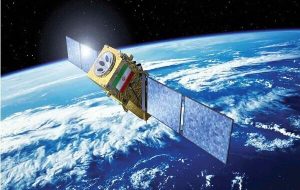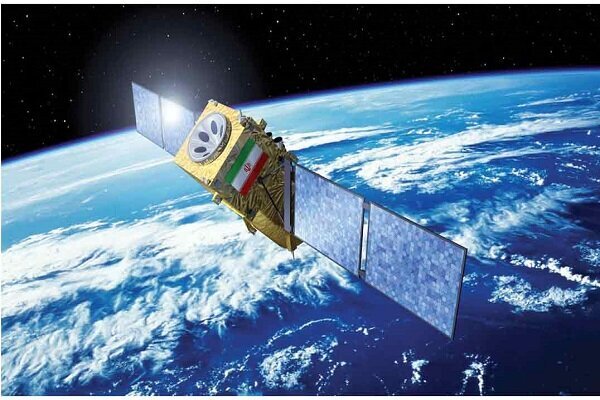Kowsar, Hodhod satellites sent first signals to Iranian scientists
TEHRAN – The Iranian Space Agency announced that the Kowsar and Hodhod satellites have been successfully launched into orbit and that the first signals have been received from both. The launch occurred at 2:48 AM on Tuesday, November 15, utilizing the Soyuz rocket from Russia’s Vostochny spaceport. On Wednesday, the Iranian Space Agency confirmed that both


TEHRAN – The Iranian Space Agency announced that the Kowsar and Hodhod satellites have been successfully launched into orbit and that the first signals have been received from both.
The launch occurred at 2:48 AM on Tuesday, November 15, utilizing the Soyuz rocket from Russia’s Vostochny spaceport.
On Wednesday, the Iranian Space Agency confirmed that both satellites were successfully deployed into orbit and have begun transmitting signals back to Earth.
The Kowsar satellite, developed by the private sector in 2019, is a high-resolution remote sensing satellite capable of capturing images with a resolution of 3.5 meters per pixel. It is intended for applications in agriculture, natural resource management, environmental monitoring, and precise mapping, aiding in the observation of environmental changes and disaster management.
The expected operational lifespan of the Kowsar satellite is approximately two years, and it incorporates advanced imaging and data transmission technologies.
The Hodhod satellite, on the other hand, is designed for communication purposes, particularly to support the Internet of Things (IoT). It aims to facilitate communication in remote areas with limited terrestrial network access, making it suitable for applications in smart agriculture, transportation, and crisis management.
Professor Parto Alam, a high-ranking senior member of the Kowsar satellite’s design and construction team, noted that these satellites weigh 30 kg, have an orbital lifespan of 3.5 years, and operate at an altitude of 500 km. Its mission focuses on agriculture and mapping, and its color range is defined at 15 km.
The successful launch of these satellites into orbit underscores the perseverance and commitment of Iran’s scientific community, demonstrating the nation’s capacity for ongoing innovation and advancement in the aerospace industry.
As Iran’s satellite program progresses, the country’s role in global space exploration efforts is expected to gain greater visibility in the years ahead.
